A while ago we were treating in an article natural materials that can be used to insulate your home. I said then that I would continue with the other types of materials in another article. Now is the time to keep my promise, especially since, not long ago, someone commenting on that article drew my attention to the fact that I had forgotten about polyurethane foam. About polyurethane foam, basaltic wool, polystyrene and other materials for insulating the house, as well as about the energy certificate and the best time to insulate, we will talk further on.
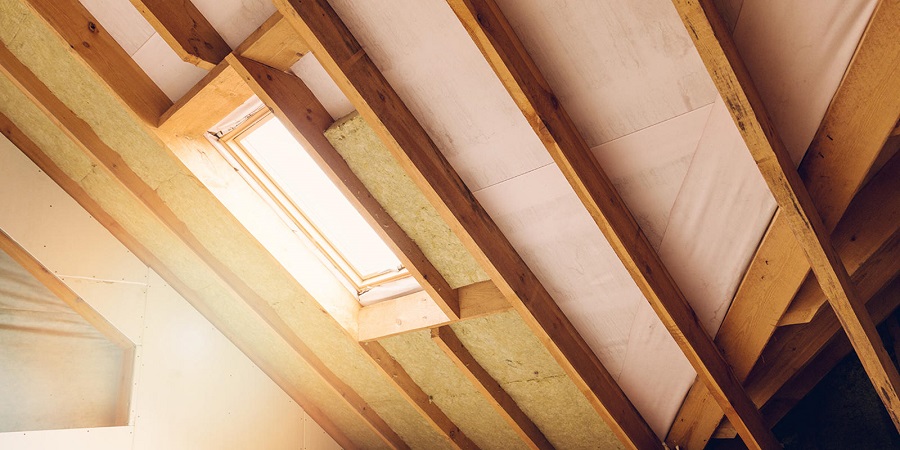
Back to home insulation
Reducing energy consumption and protecting resources are issues now on the minds of everyone from heads of state and government to homeowners. While everyone sees the issues from a different perspective, the conclusion is clear: something must be done to reduce energy consumption. Studies carried out in various countries, including our own, have shown that a large share of energy goes to domestic consumption, in particular for heating and cooling homes. This is also the reason for the European regulations on energy efficiency in housing and public buildings. These cover buildings to be constructed, but there is also a continuing concern to make old buildings more efficient.
To be energy efficient, a building must not lose heat in winter and keep it out in summer. This is achieved through effective thermal insulation. Thermal insulation can be done both inside and outside the house. Exterior insulation is recommended for apartment blocks. In houses, in addition to the interior and exterior walls, the floor, ceiling, attic or loft should be insulated. Studies show that up to 35% of heat is lost through the walls and up to 25% through the roof. However, there is also 10-15% of heat lost through doors, windows or floors. Therefore, in addition to insulation, for a high energy efficiency and replacement windows are also recommended with double or triple-glazed windows.
Insulating your home means lower energy consumption, which leads to reduced maintenance costs and lower bills. But these are not the only advantages. Choosing the right materials and using them correctly will get you:
- reduce the risk of damage to your home from damp;
- avoid mold growth;
- comfort in both winter and summer;
- environmental protection by reducing fossil fuel consumption.
When to insulate your home
Insulating your home can be done during construction or after construction. Of course, it is best to tackle the thermal efficiency of the house during the construction phase. Because then you can choose building materials by analyzing their properties, knowing that wood is a good thermal insulator and brick insulates better than BCA. What's more, right from the design stage you can choose to make an energy-efficient house by using prefabricated walls that already have insulating layers inside or even a passive house thus becoming energy independent.
Also during the construction phase, high-performance windows are chosen, they are installed to eliminate thermal bridges, and the floor and roof are very well insulated. Everything is simpler at this stage. The important thing is to take all aspects into account and to think of the house and its insulation as a whole.
But houses can still be insulated after they have been built. This is what happens now with blocks of flats, even those that are 40-50 years old. Insulating them, done well, greatly increases the comfort of the occupants and cuts costs. There are solutions for every kind of building, even for very old ones. You just need to analyze it thoroughly and choose the option that suits you best.
Energy certificate
One document that certifies how energy efficient a home is is the energy performance certificate, or energy performance certificate in short energy certificate. For those selling or renting houses, this document has been mandatory since 2013. It can only be issued by authorized energy auditors or firms authorized by the Ministry of Regional Development and Public Administration (MDRAP). It is issued on the basis of documents received from the owner and following a visit to the house. The documents must contain information about the materials the house was made of, the date of commissioning, plans of the house showing the orientation of the house in relation to the cardinal points, and data on annual energy consumption for heating. If these data do not exist, they can be reconstructed following an audit also carried out by authorized firms.
Depending on their energy performance, buildings can be classified into 7 classes. Class A is the best performing, characterized by the lowest energy consumption of up to 125 kWh/m²/year and class G the least efficient, with high energy consumption of over 820 kWh/m²/year. The energy performance certificate is valid for 10 years, unless work has been carried out in the meantime which has resulted in a change of classification.
In addition to a building energy certificate, an energy audit can also be carried out. This, in addition to the performance class, determines the weak points in terms of energy losses and sets out what measures need to be taken to improve energy performance. The main recommendation is almost always to insulate the house.
Insulation materials; pluses and minuses
The choice of insulation materials depends on several criteria. Thermal conductivity and thermal resistance, density, thermal diffusivity and vapor resistance are discussed at length in previous articleso I won't insist. In addition to these criteria, it is also important how easy it is to fit, how flexible it is, its water resistance, whether or not it is harmful to health, how environmentally friendly it is and, last but not least, the price.
About insulation with hemp, wool, jute, fiber and wood fiber panels, cork and cellulose we have already talked about. Next, glass wool, basaltic wool, polyurethane foam, polystyrene and aerogel.
Glass bulb
It is, like basaltic wool, a mineral wool. It is made from recovered glass and sand heated to very high temperatures. It is recommended for interior insulation, for insulating partition walls or attics. Next to polystyrene, it is one of the most widely used thermal insulations mainly because of its affordable price. It is more flexible than basaltic wool and is easier to install on walls with unusual shapes. It is also lighter, which is why it is recommended for old houses whose structure is not very solid. It is non-flammable. Its thermal conductivity is between 0.031 and 0.044 W/mK.
Disadvantages:
- Less resistant to high temperatures compared to basaltic wool,
- Insulating properties inferior to basaltic clay,
- Low moisture resistance. Not recommended for insulating areas with high humidity,
- If protective gloves and masks are not used during assembly, they cause allergies and irritation.
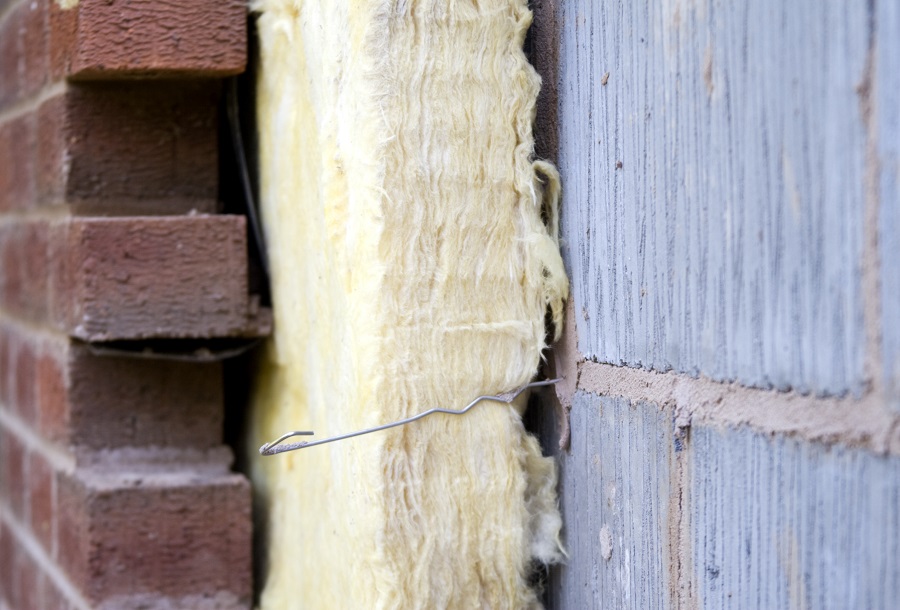
Basaltic water vapor
It is one of the best insulation materials. It is obtained from basalt - a natural volcanic rock - by heating at temperatures above 1600°C. Basalt wool has very good fire resistance. According to European standards, it is class A1 reaction to fire as a non-combustible product that does not contribute to fire growth. The basaltic glass lasts 2 hours at 1000°C before it begins to melt.
It has very good dimensional stability, keeping its shape and dimensions unchanged whatever the conditions. Because of its high weight, it is not recommended for insulating balconies or suspended terraces and houses with more fragile structures. It can be installed quickly using several fastening methods - adhesives, dowels, reinforcing mesh - or using mineral wool panels fixed to an adjustable metal structure. Thermal conductivity: 0.034-0.042 W/mK.
Advantage:
- high durability,
- fire resistance,
- vapour permeability,
- high sound insulation performance.
Disadvantages:
- high price
- high weight
- stiffness compared to glass wool.
Polyurethane foam
Until recently it was considered the most effective material for insulating your home. In the meantime, modern materials such as aerogel which we'll get to in a moment. Polyurethane foam is a lightweight insulation recommended for insulating basements, floors, walls, roofs and terraces. It is highly effective, virtually eliminating heat loss and providing major energy savings. It provides protection against cold or warm air as well as against damp. It also provides sound protection by effectively reducing noise transfer.
The main disadvantage is that it needs to be applied by a team of professionals. It is very durable, not changing its properties for over 50 years. It does not support fire and is not liked by rodents. There are 2 types of polyurethane foam insulation, closed cell and open cell. Open cell is cheaper but less effective. Thermal conductivity: o.022-0.028 W/mK. Thermal resistance is higher the thicker the layer. At 3 cm thickness, the resistance is 1.07 m²K/W, rising to 5.46 m²K/W at 14 cm thickness.
In summary, the advantages of polyurethane foam are:
- Instant and very good adhesion on almost any building material (concrete, wood, brick, etc.),
- Complete sealing - seamless application, sealing all pores of the material to which it is applied,
- Reduced thickness and weight,
- Good sound insulation,
- It doesn't rot.
Disadvantages:
- High price,
- Toxic substances can be removed during application,
- It cannot be applied evenly,
- It needs application equipment and specialists.
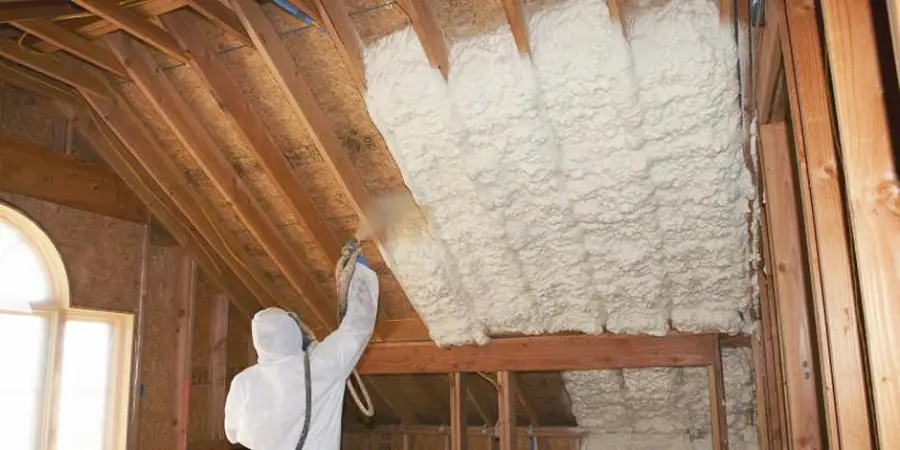
Polystyrene
It is by far the most widely used material for insulating buildings because of its very affordable price and simple and easy installation. Polystyrene comes in two types, expanded (EPS) and extruded (Expanded polystyrene is a porous material with good vapor permeability. Due to its properties, it is usually used for external wall insulation, insulation of timber-framed roofs and terraces. The fact that it is in the form of rigid panels is a disadvantage in the case of walls with more special shapes. The thermal conductivity of expanded polystyrene is between 0.030 and 0.040 W/mK.
Advantages of expanded polystyrene:
- Low cost,
- It's easy and doesn't clutter up the facades of houses,
- Allows the circulation of accumulated vapors inside your home,
- Prevents damp and mold growth,
Disadvantages:
- It can ignite in the event of fire and sustain the burn (although it is also available in a fireproof version),
- Synthetic material, pollutant,
- It can attract rodents.
Extruded polystyrene has low vapor permeability (it does not allow vapors to escape, which can lead to condensation and mold formation) and high mechanical strength. This is why extruded polystyrene is not used for cladding facades, but for foundations, floors, basements and terraces. The moisture resistance of extruded polystyrene combined with its hardness and elasticity make it resistant to freeze/thaw cycles. Thermal conductivity: 0.029-0.039 W/mK. The thermal resistance is dependent on the thickness of the panels, as with expanded.
Advantage:
- Higher density than expanded polystyrene,
- Better thermal insulation than expanded polystyrene,
- Resistant to all types of wear,
- Good for foundation and basement insulation.
Disadvantages:
- does not allow the circulation of vapors, which leads to the accumulation of moisture between the wall and the insulation and the development of damp and mold.
There's a new polystyrene - graphite polystyrene - which has timidly begun to be used here. It is also an expanded polystyrene to which graphite powder has been added to improve the thermal coefficient by about 15%-20%. The advantage is that you get the same insulation performance at lower thicknesses. This means more space in the home. Graphitized polystyrene also provides a cooler environment in summer through its increased ability to reflect heat radiation.
In some countries (Germany, Canada) polystyrene is no longer used as it is considered dangerous to health.
Aerogel
A very modern material developed by NASA. So far it has the best thermal coefficient - 0.0131 W/mK - lower than that of air (0.023-0.024 W/mK). It is made from silicon oxide and contains 99.8% air. It is durable, non-moldy and environmentally friendly. It can be used for thermal insulation of masonry, foundations, roofing, windows or lightweight structures.
The aerogel is waterproof, repels liquid water but allows moisture to pass through. It is quick and easy to install and requires no special tools or devices. It is available in two thicknesses, 5 or 10 mm, and a width of about 1.5 m. Its big advantage is its very high efficiency at low thicknesses, which makes it recommended for indoor insulation (it does not take up space inside rooms and does not need to be resized for the routes, in the case of radiators).
I hope you find the information in the article interesting. If you think it would be useful to others, feel free to share. If you have any questions or queries, leave them below in the dedicated space.





















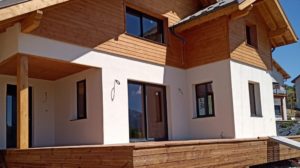

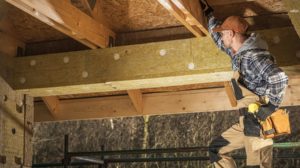
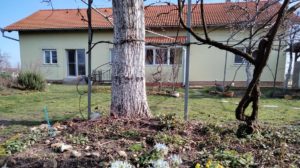
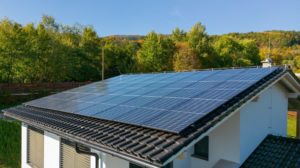
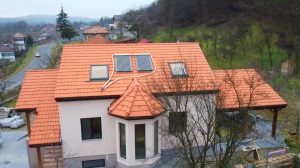
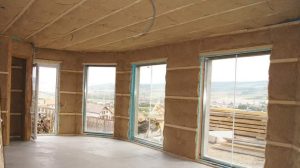
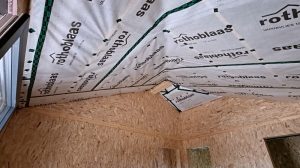
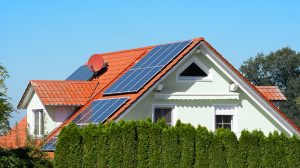



Hello,
I have been reading Wood Magazine for a few years now every Friday and I always find interesting information, I live in an old house of over 100 years and I like to refurbish old furniture by hand. The attic converted into a mansion 50-60 years ago is uninhabitable in the summer because of the heat and I am looking for an insulation solution that will intervene as little as possible in the structure of the house. Please tell me if and how I can have access to aerogel, on the net I have only seen on Ebay or other outside sites.
Thank you,
Hello!
Thank you for following us.
I understand you perfectly because I live in a 100 year old house with an attic that is impassable in summer. 🙂
Concerning aerogel, I found in the country only one representation in Arad of a Hungarian company. The price is between 50 and 120 euro/sqm. You can find more information on aerogelizolatie.ro.
All the best!
Hello,
Doesn't basaltic wool have low resistance to humidity (like glass wool)?
No
Hello!
The moisture resistance of basalt glass is higher than that of glass. Being made from rock, it does not rot.
In general, the basaltic wool sold on the market as a thermal insulator has a fibre treated with hydrophobic substances so that it is resistant to moisture.
All the best!
Related to mineral wool https://www.prnewswire.com/news-releases/eu-today-publishes-report-on-safety-concerns-over-mineral-wool-686802461.html
It would seem that it is not as safe as previously thought.
Mineral wool was originally classified by the World Health Organisation (WHO) and the International Agency on the Research on Cancer (IARC) as carcinogenic and hazardous to humans. The mineral wool industry then altered the composition of their product, which then underwent further tests. In 2002 mineral wool was declassified as a carcinogen. However, it has now emerged that the product as tested was different from that which is commercially available, in that an important 'binder' had been removed.
https://www.eupoliticalreport.eu/what-is-mineral-wool-and-what-are-the-health-concerns/